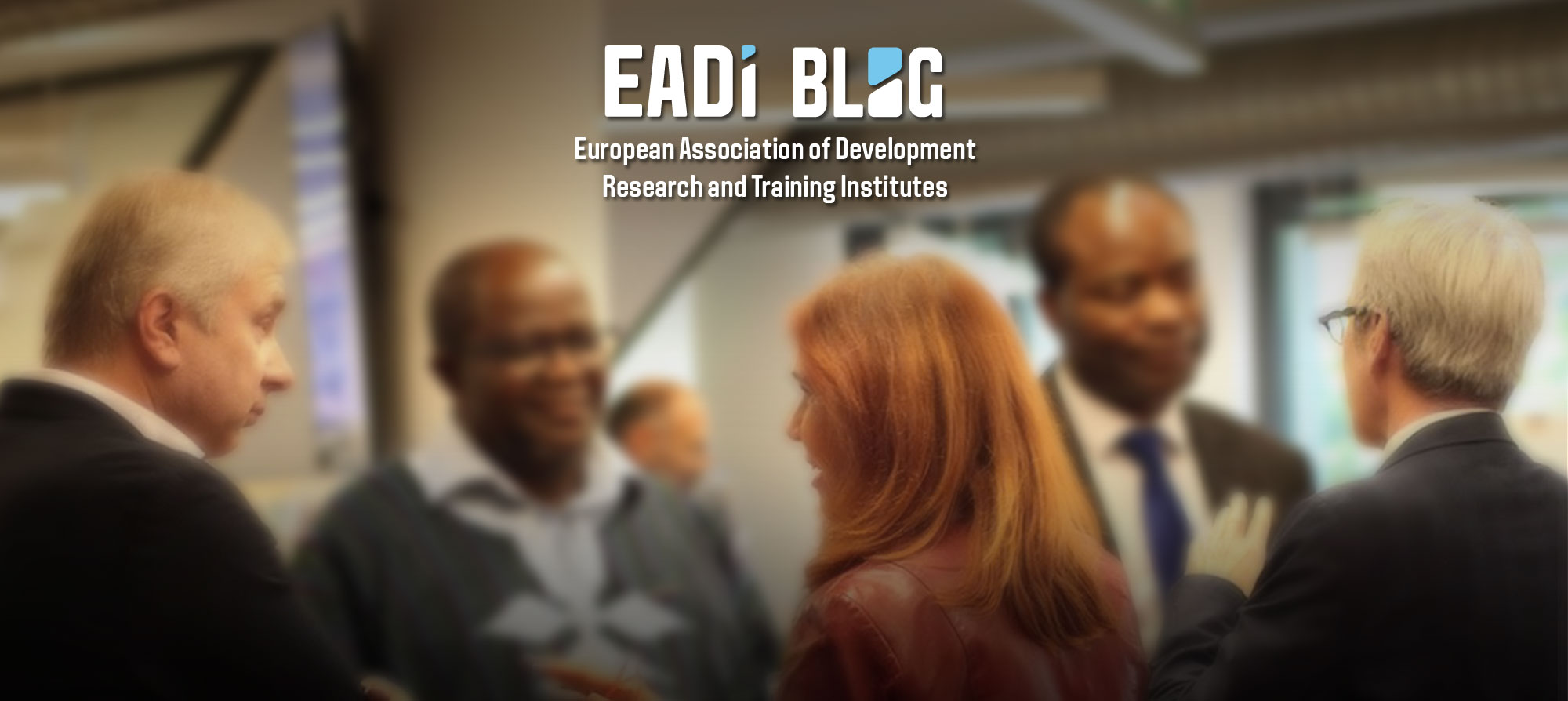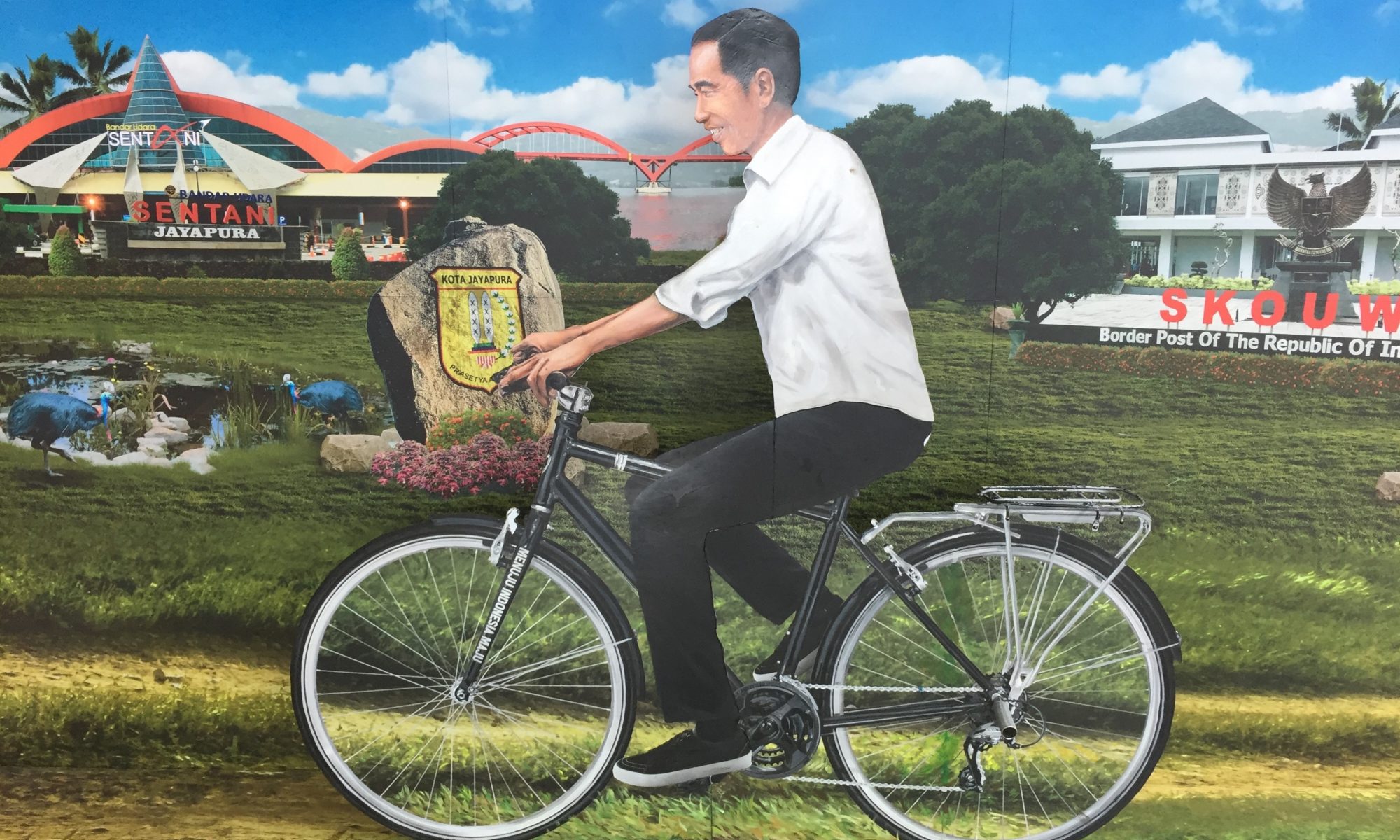By Gerry Rodgers
Jean-Luc Maurer’s book “Indonésie : l’envol mouvementé du Garuda. Développement, dictature et démocratie” is a comprehensive political history of Indonesia, encompassing geography, demography, society and economy, from pre-colonial times to the present day.
The book aims to fill a gap in the writings about Indonesia in French. But that should not deter an English-speaking audience from dipping into it, because there is much to be learned here, not only about Indonesia, but also about the lessons of Indonesia’s experience for democracy and development elsewhere. The title, freely translated into English, is Indonesia: the Garuda’s rocky take-off: Development, Dictatorship and Democracy. And the central thread of this book are these “three Ds”, dictatorship, democracy and development, in the course of Indonesia’s history. Maurer examines the nature and pace of development under different forms of democratic, populist, authoritarian or dictatorial regimes, and tries to understand the causality – does the process of development influence the political regime, and how does the political regime influence the shape and pace of development?
The book is organized chronologically, starting with chapters on precolonial and colonial history, continuing with the Sukarno era from Independence up to 1966, and then the Suharto “New Order” authoritarian regime up to 1998. Three chapters examine the difficult process of democratization at the end of the 20th and beginning of the 21st centuries, and social, economic and political developments under the presidencies of Yudhoyono (SBY) and Jokawi since 2004. A final chapter draws some wider conclusions and sets the Indonesian experience in regional context.
The book covers so much ground that it could feed many debates. Let me just highlight three for now, where I think the book raises important issues: the relationship between democracy and inequality; the role of social and economic institutions; and the nature of democracy itself.
Democracy and inequality
First democracy and inequality. I think there are not three Ds but four, and the fourth is distribution. Maurer discusses inequality at various times in Indonesia’s history, although it is not his central concern. He comments that “the fact that inequality remained fairly low during the dictatorship but exploded under democracy is not the least surprising of the paradoxes in all this history”. But the story he tells suggests that the link between democracy or dictatorship and inequality is as important as the wider link with development. An authoritarian regime is likely to be stabilized and legitimized by a not-too unequal distribution of income, and that may well have been a factor during the three decades of rule by General Suharto. On the other hand, under liberal democracy it is more difficult to control the excesses of the market, and the increasing power of global capital, and those have been factors driving inequality up in Indonesia in the last 20 years (and not only in Indonesia), with unpredictable long-term consequences.
Another dimension of inequality, crucial in Indonesia, and discussed at many points in the book, is regional inequality. This has been a constant issue in political and economic life in Indonesia, for there have been and remain large differences in living standards and political influence between the regions of the country. But are democratic regimes better equipped to reduce regional inequalities than dictatorships? Reverting to French, rien n’est moins sûr…
More generally, the distribution of income reflects the influence of interest groups and lobbies on the government, whether it is democratic or authoritarian. Formal sector workers, employers, financiers, civil servants, landowners and many others, all defend their interests. Democratic processes, especially if they are limited to occasional elections, play only a secondary role.
Social and economic institutions
The second point from the book I would like to highlight concerns the way a development regime is built on social institutions. In this book there is a lot of emphasis on political forces and actors: how one group rather than another gains power, the mechanisms that they use – money, networks, family, religion, popular support – and how this influences the development path. All these relations are grounded in social, economic and political institutions, and the development regime at a point in time reflects the interactions among institutional forces.
This would give another way of understanding Indonesian development. It implies that the political actors are not the only driving forces – their emergence and power reflects the conflicts and balance between social and economic institutions. It is the underlying institutional dynamics which are important, regardless of whether the state is under authoritarian or democratic control.
The nature of democracy
Which brings me to the third question the book poses, but to which it does not give a clear answer, namely the nature of democracy. That is too big a subject for a short review, but it is at the heart of this book, which is concerned with the progress of democracy in Indonesian history, especially through the reinforcement of democratic institutions. Democracy is perceived as a goal, much more than an instrument. But what does this democracy consist of, in Indonesia or anywhere else?
There is a phrase in the book about the form of democracy after Independence, “the commendable but probably premature attempt to establish a regime of western-inspired parliamentarian liberal democracy, ill-adapted to traditional Indonesian political culture” (free translation). The word premature bothers me here, as if the western parliamentary model were the ultimate stage of democratic development, which would be reached when the country is sufficiently mature for it. I see two problems. The first is that some other former colonies, notably India, installed that sort of system at Independence and maintained it. There was nothing inevitable about its demise in Indonesia. The second is that the western model is clearly not the end of history, pace Fukuyama. It is not at all clear today that there is a steady progression towards that model around the world, nor that it is the ultimate expression of democracy, as there are many variants and alternatives.
In fact, the book makes clear that politics is the province of a relatively small elite, whether it is the military, important economic actors, religious leaders or powerful families. There are outsiders, and it seems that the current president is one of them. But power largely remains within a narrow circle. Certainly there are elections, and in recent years they have been relatively free. Still the book gives the impression that in the end the state is run by elites who manipulate political institutions, with greater or lesser responsiveness to popular sentiment.
This raises questions about the opposition between democracy and dictatorship. The push for development, under Suharto in the past and to some extent under Jokowi today, has prioritized economic goals over the democratic process, bypassing some of the institutional and practical constraints that democracy brings. Maurer reports with some dismay that there is a nostalgia for the Suharto era, when things were done more efficiently because there was an authoritarian regime. But if the democratic process allows the elites to manipulate development to serve their interests, and this leads to a concentration of income and wealth among a small part of the population, are we sure that this corresponds to the wishes of the majority?
The illiberal drift, which we tend to identify with populism, may in part be a reaction to rising inequalities. And the nostalgia for an authoritarian regime is not surprising if at that time the benefits of development were more widely distributed. Indonesia’s situation under Suharto might be compared with the authoritarian regime in South Korea during the same period, which also distributed the benefits of growth widely, probably more so than in Indonesia, though both were also responsible for widespread abuses of human rights. But there are plenty of counterexamples too. The situation in Indonesia could also be compared with the Philippines under the Marcos regime, where human rights abuses were just as widespread but the benefits from development were concentrated in a small oligarchy (and it is not a coincidence that Marcos fell long before Suharto); or with the military regime in Brazil in the 1960s and 1970s, which also collapsed in the 1980s as the inegalitarian economic model ceased to be sustainable.
Ultimately, virtually every state in the world claims to be democratic. But the extent to which the state functions in the interest of the population as a whole, depends on many factors, and not just democratic elections. The history of Indonesia suggests that the existence of a developmental state is crucial, whatever its democratic credentials, and that is reinforced by Maurer’s comparisons with other countries of the region. But then development and democracy are two parallel objectives which are not necessarily mutually supportive. How can democratic process be allied with effective state action to promote rapid and equitable development? That is the question. Maurer’s book helps us to think about that. But it tells us that there are no simple answers.
Gerry Rodgers is visiting Professor at the Institute for Human Development, New Delhi, and former Director of the International Institute for Labour Studies, Geneva
Jean-Luc Maurer: Indonésie: L’envol mouvementé du Garuda. Développement, dictature et démocratie.Geneva, Graduate Institute of International and Development Studies, 2021, is available here in printed and electronic editions

